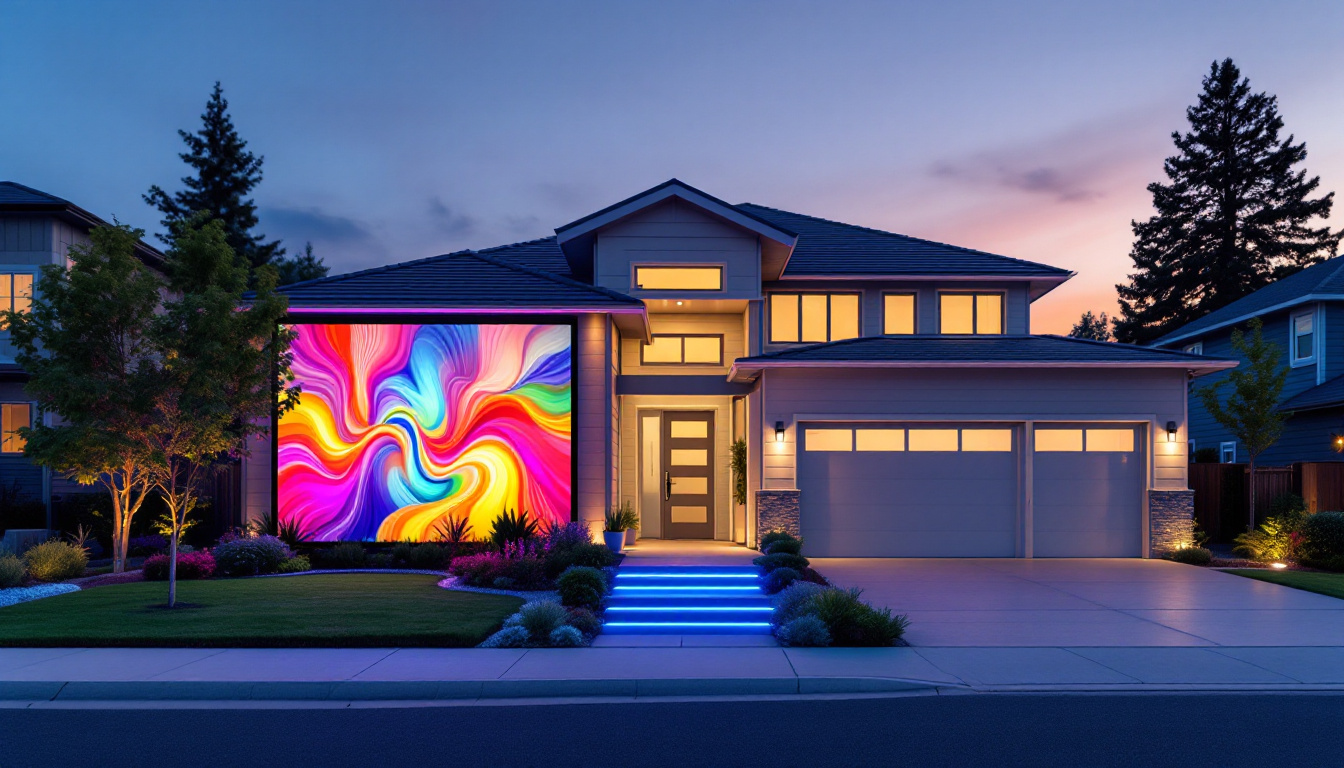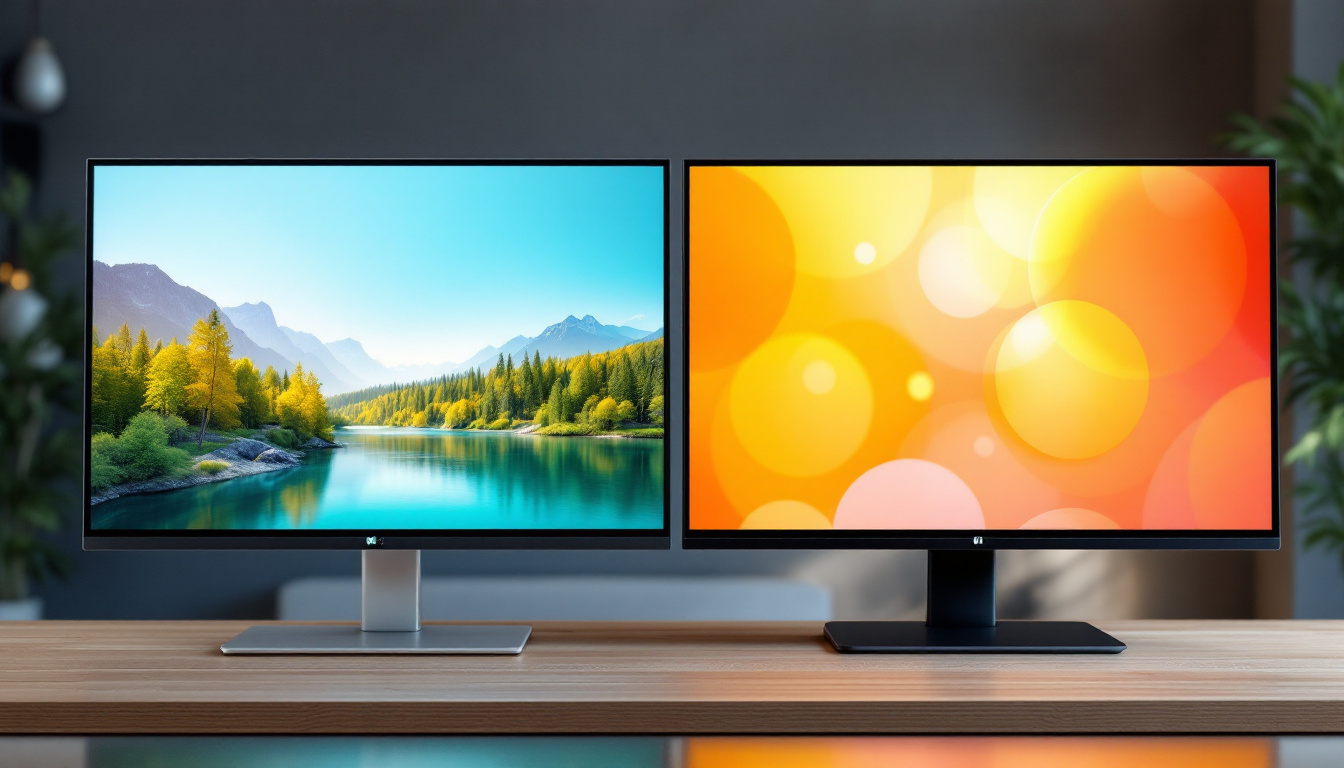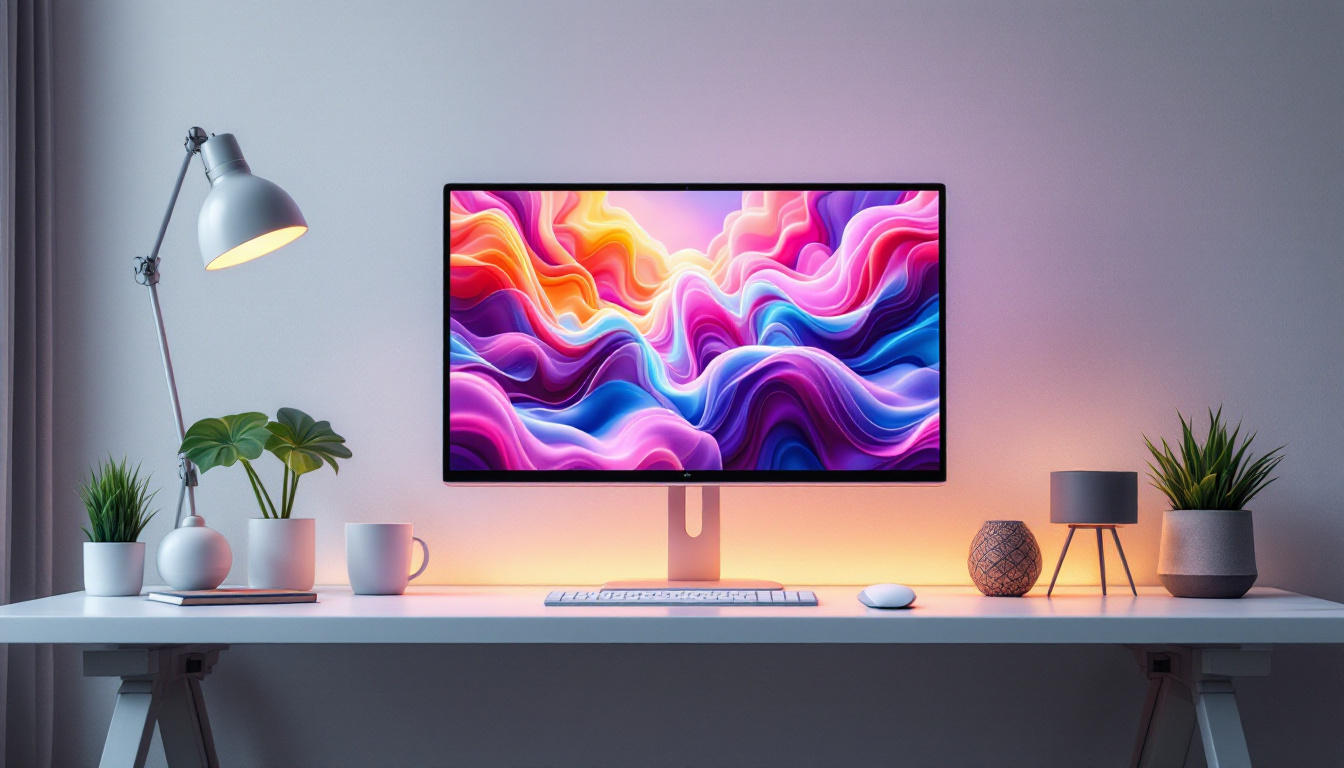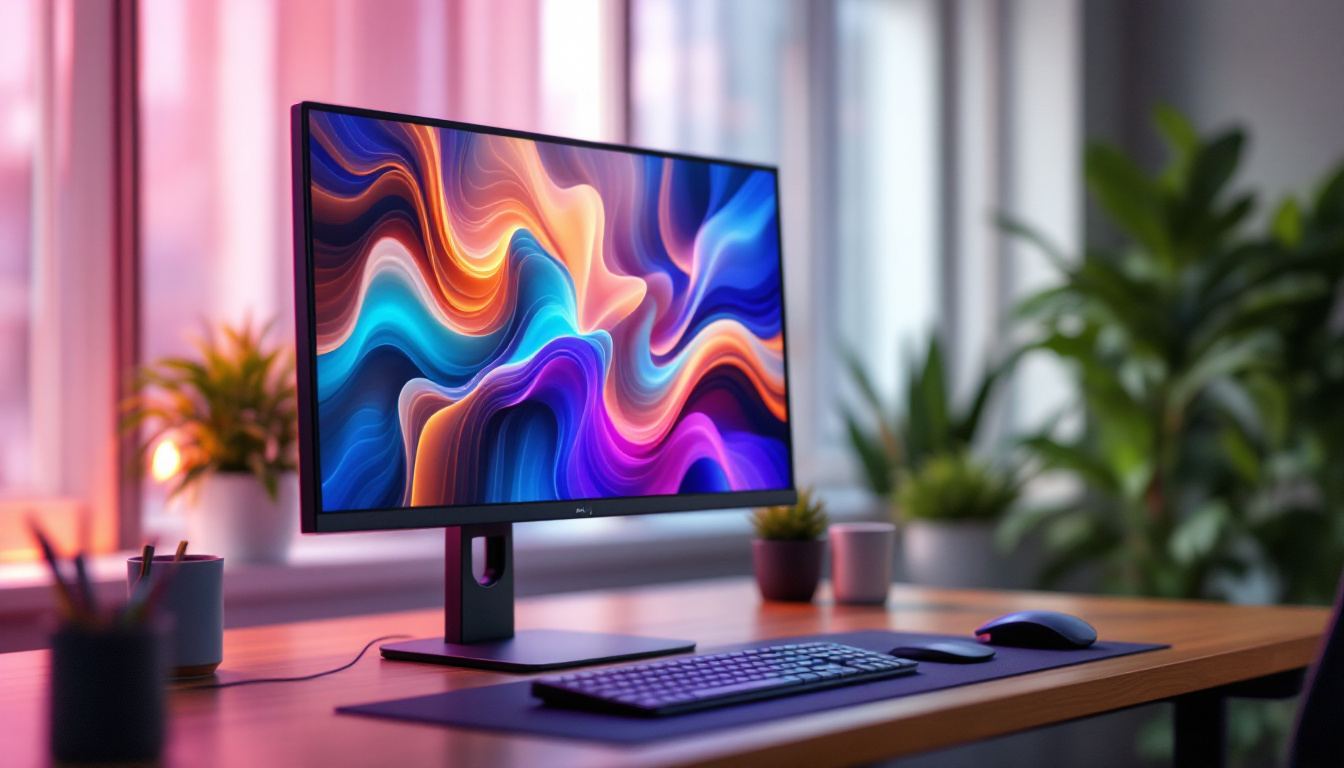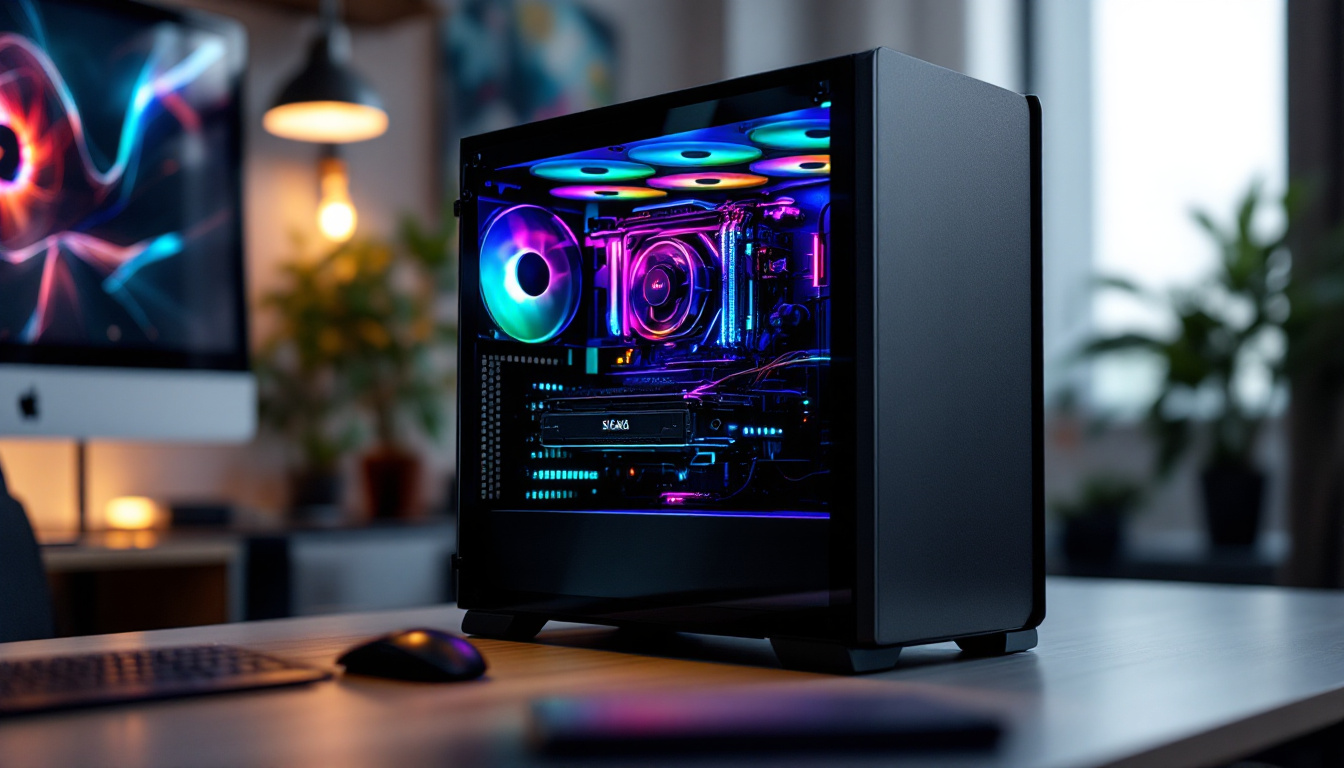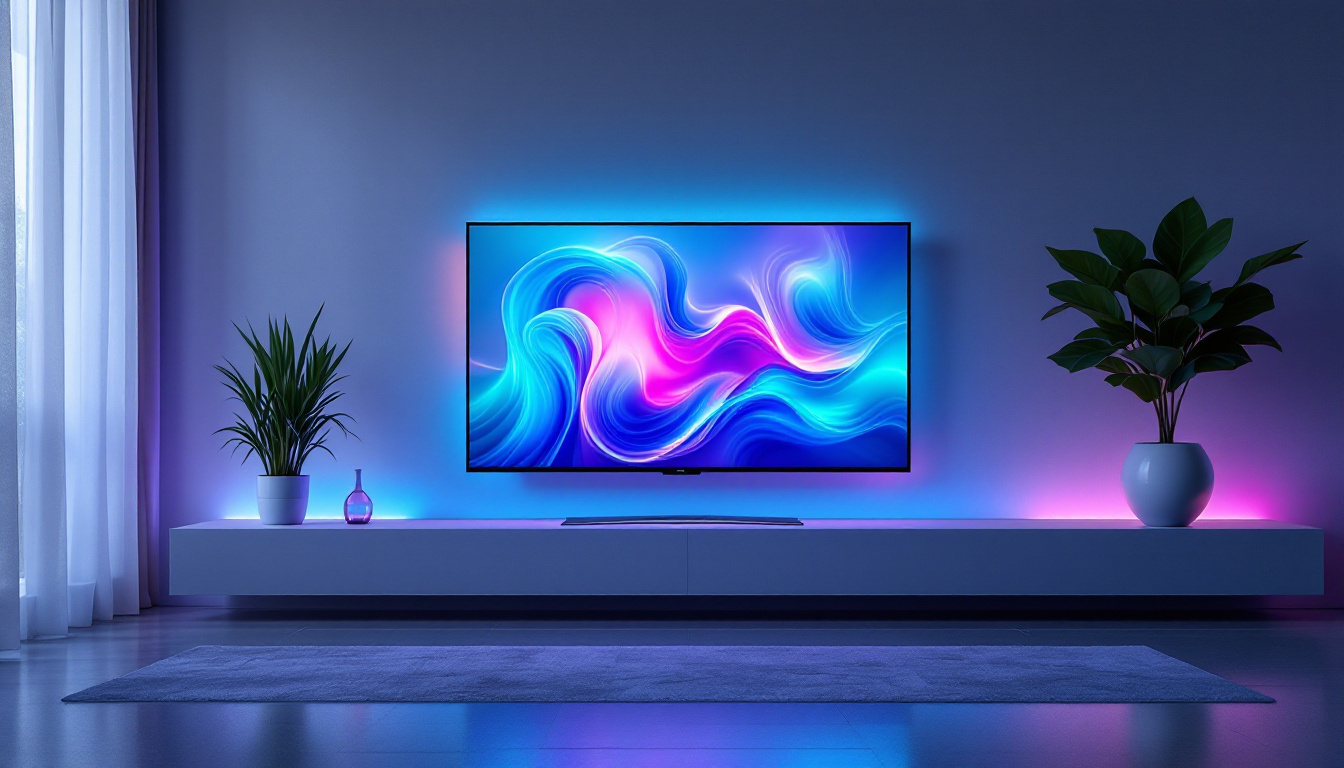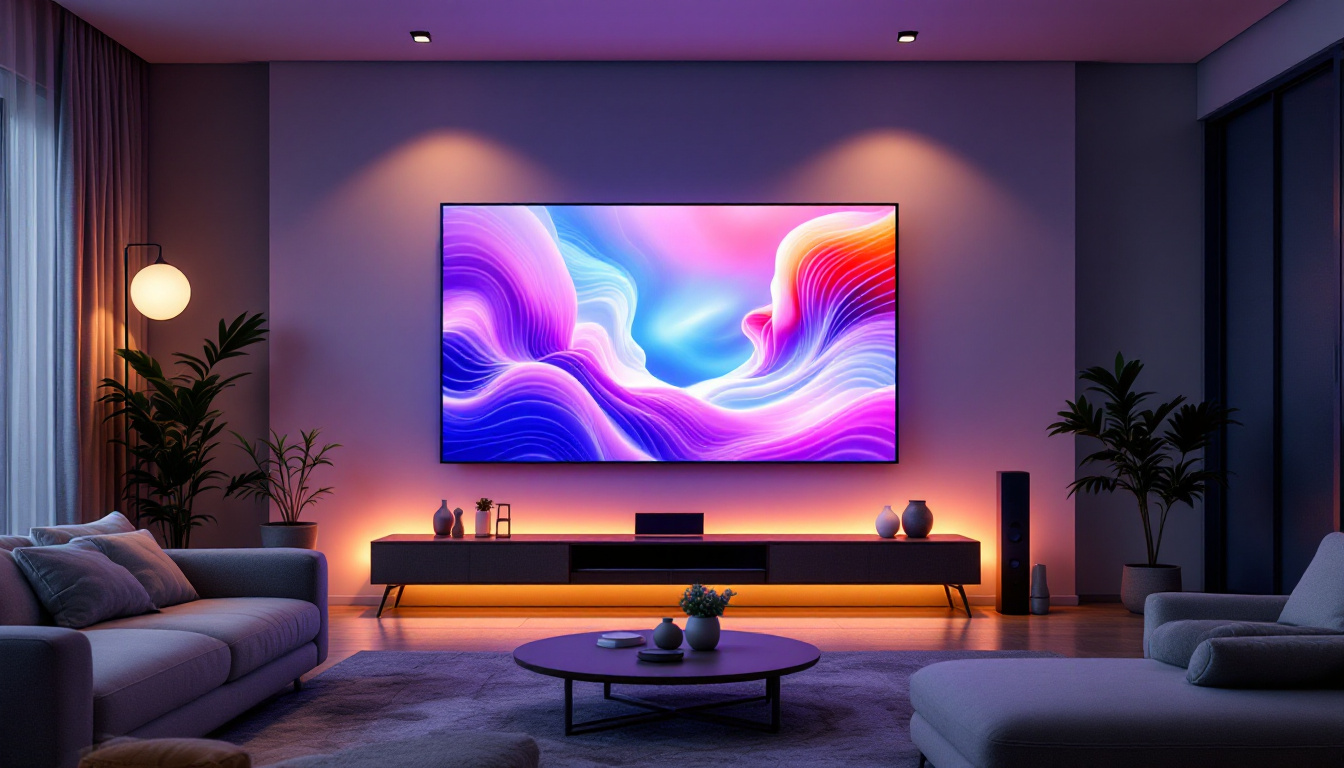In the world of technology, LED displays have become a cornerstone of modern visual communication. With their vibrant colors, energy efficiency, and versatility, they are used in everything from televisions to smartphones. Among the various sizes available, the 1.5-inch mm LED display stands out for its compactness and utility in a variety of applications. This article delves into the intricacies of 1.5-inch mm LED displays, exploring their features, advantages, and applications.
Understanding LED Displays
LED stands for Light Emitting Diode, a semiconductor device that emits light when an electric current passes through it. LED displays utilize this technology to create images and videos by illuminating pixels in various colors. The fundamental principle behind LED displays is the combination of red, green, and blue (RGB) light to produce a full spectrum of colors. This RGB model is not only versatile but also enables the display of intricate images and videos with remarkable clarity and depth, making LED displays a popular choice in various fields, from advertising to entertainment.
The Components of LED Displays
At the core of an LED display are the individual LEDs that make up the screen. Each pixel is typically composed of three LEDs—one red, one green, and one blue. By adjusting the intensity of each LED, a wide range of colors can be produced. This RGB model is what allows for the vibrant visuals that LED displays are known for. The resolution of an LED display, which refers to the number of pixels it contains, directly impacts the detail and sharpness of the images produced. High-resolution displays are essential for applications where clarity is paramount, such as in digital billboards or high-definition televisions.
In addition to the LEDs themselves, LED displays are equipped with a driver circuit that regulates the power supplied to each pixel. This ensures that the display can produce consistent brightness and color accuracy across the entire screen. Furthermore, the display is often housed in a protective casing that safeguards the delicate components from environmental factors. Advanced LED displays may also incorporate heat management systems to dissipate heat generated during operation, ensuring longevity and reliability. The integration of smart technology allows for features such as automatic brightness adjustment based on ambient light, enhancing user experience and energy efficiency.
Types of LED Displays
LED displays come in various types, each suited for specific applications. The most common types include:
- Direct View LED: These displays consist of individual LEDs arranged in a matrix, allowing for high brightness and contrast. They are often used in outdoor signage and large-scale displays, making them ideal for concerts, sports events, and advertising in busy urban environments.
- LED-backlit LCD: This type uses LEDs to illuminate an LCD panel, providing better contrast and energy efficiency than traditional fluorescent backlighting. They are commonly found in televisions and computer monitors, where they enhance the viewing experience by delivering deeper blacks and brighter whites.
- Organic LED (OLED): OLED displays use organic compounds that emit light when an electric current is applied. They offer superior color accuracy and viewing angles but are typically more expensive. Their flexibility allows for innovative designs, including curved and bendable screens, which are increasingly popular in modern smartphones and high-end televisions.
Another emerging type of LED display is the MicroLED, which consists of microscopic LEDs that can create individual pixels. This technology promises even greater brightness, contrast, and energy efficiency, potentially revolutionizing the display industry. MicroLED displays are still in the early stages of development but are anticipated to offer unparalleled performance for both consumer and professional applications. As the technology continues to evolve, we can expect to see even more innovative uses for LED displays across various sectors, including virtual reality, augmented reality, and interactive installations.
Features of 1.5 Inch Mm LED Displays
The 1.5-inch mm LED display is particularly notable for its small size, making it ideal for applications where space is limited. Despite its compact dimensions, this display type boasts several impressive features that enhance its functionality.
High Resolution
One of the most significant advantages of 1.5-inch mm LED displays is their ability to offer high resolution in a small form factor. With advancements in technology, manufacturers can pack a high pixel density into a tiny screen, resulting in crisp and clear images. This is particularly important for applications such as smartwatches, fitness trackers, and compact electronic devices, where clarity is paramount.
Energy Efficiency
Energy efficiency is another critical feature of 1.5-inch mm LED displays. Compared to traditional display technologies, LEDs consume significantly less power, making them an environmentally friendly choice. This efficiency not only reduces energy costs but also extends the battery life of portable devices, which is a crucial consideration for consumers.
Wide Viewing Angles
LED displays, including the 1.5-inch mm variety, are known for their wide viewing angles. This means that the display can be viewed from various positions without significant loss of color or brightness. This feature enhances the user experience, especially in applications where multiple viewers may be looking at the display simultaneously.
Applications of 1.5 Inch Mm LED Displays
The versatility of 1.5-inch mm LED displays enables their use in a wide range of applications. From consumer electronics to industrial settings, these displays serve various purposes.
Consumer Electronics
In the realm of consumer electronics, 1.5-inch mm LED displays are commonly found in devices such as smartwatches, fitness trackers, and portable gaming consoles. Their compact size allows manufacturers to create sleek and lightweight devices without compromising on display quality. Additionally, the high resolution ensures that users can enjoy vibrant visuals, whether they are checking notifications or playing games.
Industrial Applications
Beyond consumer electronics, 1.5-inch mm LED displays are also utilized in industrial settings. They can be found in control panels, machinery interfaces, and diagnostic equipment. In these applications, the displays provide critical information in a compact format, allowing operators to monitor systems efficiently. The durability and energy efficiency of LED technology make it a reliable choice for demanding environments.
Medical Devices
In the medical field, 1.5-inch mm LED displays are often used in diagnostic equipment and handheld devices. The clarity and brightness of the display are essential for accurately conveying patient data and medical imagery. Furthermore, the low power consumption is advantageous in portable medical devices, where battery life is a significant concern.
Advantages of 1.5 Inch Mm LED Displays
The adoption of 1.5-inch mm LED displays comes with numerous advantages that make them an appealing choice for manufacturers and consumers alike.
Compact Size
The most obvious advantage is the compact size of the display. This makes it suitable for a wide range of applications where space is at a premium. Whether integrated into a small electronic device or used as part of a larger system, the 1.5-inch mm display provides flexibility in design.
Durability
LED displays are known for their durability. Unlike traditional LCD screens, which can be fragile, LED displays are more resistant to shocks and vibrations. This makes them ideal for use in environments where devices may be subject to rough handling or exposure to harsh conditions.
Cost-Effectiveness
While the initial cost of LED technology may be higher than other display types, the long-term savings can be significant. The energy efficiency of LED displays leads to lower operating costs, and their longevity means that they often require less frequent replacement. This makes them a cost-effective choice in the long run.
Challenges and Considerations
Despite their many advantages, 1.5-inch mm LED displays are not without challenges. Understanding these limitations is essential for manufacturers and consumers alike.
Heat Generation
One of the challenges associated with LED displays is heat generation. While LEDs are more efficient than traditional lighting, they still produce heat during operation. In compact devices, this heat can accumulate, potentially affecting performance and longevity. Proper thermal management is crucial to mitigate this issue.
Color Calibration
Another consideration is color calibration. While LED displays can produce vibrant colors, achieving accurate color representation can be challenging. Manufacturers must invest in quality control and calibration processes to ensure that the displays meet consumer expectations for color accuracy.
The Future of 1.5 Inch Mm LED Displays
The future of 1.5-inch mm LED displays looks promising as technology continues to advance. Innovations in materials, manufacturing processes, and design are likely to enhance the capabilities of these displays even further.
Emerging Technologies
Emerging technologies such as microLED and miniLED are set to revolutionize the display industry. These technologies promise to deliver even higher resolutions, improved color accuracy, and greater energy efficiency. As these advancements are integrated into 1.5-inch mm displays, users can expect a significant enhancement in visual quality and performance.
Increased Integration
As the demand for compact and multifunctional devices grows, the integration of 1.5-inch mm LED displays into various applications is likely to increase. From smart home devices to IoT applications, the versatility of these displays will continue to be a driving force in their adoption.
Conclusion
The 1.5-inch mm LED display represents a remarkable fusion of technology and design, offering a compact solution for a variety of applications. With their high resolution, energy efficiency, and wide viewing angles, these displays are well-suited for consumer electronics, industrial applications, and medical devices alike. While challenges such as heat generation and color calibration exist, ongoing advancements in technology promise to address these issues and enhance the capabilities of LED displays further.
As the landscape of visual technology continues to evolve, the 1.5-inch mm LED display will undoubtedly play a significant role in shaping the future of how we interact with devices. Its compact size and versatility make it an essential component in the ever-growing world of electronics, ensuring that it remains relevant for years to come.
Explore Cutting-Edge LED Display Solutions with LumenMatrix
Ready to experience the future of visual technology with compact and high-performance LED displays? LumenMatrix is at the forefront of LED display innovation, offering a wide array of solutions tailored to your needs. From Indoor and Outdoor LED Wall Displays to specialized options like Vehicle, Sports, and Floor LED Displays, our products are designed to captivate and engage. Discover how our Custom, All-in-One, and Transparent LED Displays can transform your visual communication. Check out LumenMatrix LED Display Solutions today and elevate your brand’s visibility with unparalleled clarity and impact.


